Tag: White House (Washington DC)
 Wikipedia says: The White House is the official residence and workplace of the president of the United States. It is located at 1600 Pennsylvania Avenue NW in Washington, D.C., and has been the residence of every U.S. president since John Adams in 1800. The term “White House” is often used as a metonym for the president and their advisers.
Wikipedia says: The White House is the official residence and workplace of the president of the United States. It is located at 1600 Pennsylvania Avenue NW in Washington, D.C., and has been the residence of every U.S. president since John Adams in 1800. The term “White House” is often used as a metonym for the president and their advisers.
The residence was designed by Irish-born architect James Hoban in the neoclassical style. Hoban modelled the building on Leinster House in Dublin, a building which today houses the Oireachtas, the Irish legislature. Construction took place between 1792 and 1800 using Aquia Creek sandstone painted white. When Thomas Jefferson moved into the house in 1801, he (with architect Benjamin Henry Latrobe) added low colonnades on each wing that concealed stables and storage. In 1814, during the War of 1812, the mansion was set ablaze by the British Army in the Burning of Washington, destroying the interior and charring much of the exterior. Reconstruction began almost immediately, and President James Monroe moved into the partially reconstructed Executive Residence in October 1817. Exterior construction continued with the addition of the semi-circular South portico in 1824 and the North portico in 1829.
1789–1800
Following his April 1789 inauguration, President George Washington occupied two private houses in New York City as the executive mansion. He lived at the first, known as the Franklin House and owned by Treasury Commissioner Samuel Osgood, at 3 Cherry Street through late February 1790. The executive mansion moved to the larger quarters of the Alexander Macomb House at 39–41 Broadway where he stayed, with his wife and a small staff until August 1790. In May 1790, New York began construction of a “proper” house for the presidential mansion, Government House. Washington never used the mansion because it was not completed until after the national capital was moved to Philadelphia, Pennsylvania, in December 1790.
The July 1790 Residence Act designated the capital be permanently located in the new Federal District, and temporarily in Philadelphia, Pennsylvania, for ten years while the permanent capital was built. Philadelphia rented the mansion of the wealthy merchant Robert Morris at 190 High Street (now 524–30 Market Street) as the President’s House, which Washington occupied from November 1790 to March 1797. Since the house was too small to accommodate the thirty people who made up the presidential family, staff, and servants, Washington had it enlarged.
President John Adams also occupied the High Street mansion from March 1797 to May 1800. On Saturday, November 1, 1800, he became the first president to occupy the White House.
The President’s House in Philadelphia was converted into the Union Hotel, and later used for stores, before being demolished in 1832.
Philadelphia began construction of a much grander presidential mansion several blocks away in 1792. It was nearly completed by the time of Adam’s 1797 inauguration. However, Adams declined to occupy it saying he did not have Congressional authorization to lease the building. It remained vacant until it was sold to the University of Pennsylvania in 1800.
Architectural competition
The President’s House was a major feature of Pierre (Peter) Charles L’Enfant’s 1791 plan for the newly established federal city, Washington, D.C. Washington and his Secretary of State Thomas Jefferson, who both had personal interests in architecture, agreed that the design of the White House, and the Capital, would be chosen in a design competition.
Although all proposals for the Capital were rejected, an acceptable drawing for the White House submitted by James Hoban was selected from several including one submitted anonymously by Jefferson himself.
Hoban was born in Ireland and trained at the Dublin Society of Arts. He emigrated to the US after the revolution, first seeking work in Philadelphia and later finding success in South Carolina where he designed several buildings including the state capitol at Columbia. Hoban ultimately supervised the construction of both the US Capitol and the White House.
President Washington visited Charleston, South Carolina, in May 1791 on his “Southern Tour”, and saw the under-construction Charleston County Courthouse designed by Hoban. He is reputed to have met with Hoban then. The following year, he summoned the architect to Philadelphia and met with him in June 1792.
On July 16, 1792, the president met with the commissioners of the federal city to make his judgment in the architectural competition. His review is recorded as being brief, and he quickly selected Hoban’s submission.
Design influences
The building has classical inspiration sources, that can be found in the styles of the Roman architect Vitruvius and the Venetian architect Andrea Palladio; Palladio being an Italian architect of the Renaissance whose style evolved into Palladian architecture, which became popular in North American in the 18th century. Hoban’s design is influenced by the upper floors of Leinster House, in Dublin, which later became the seat of the Oireachtas (the Irish parliament). Several other Georgian-era Irish country houses have been suggested as sources of inspiration for the overall floor plan, details like the bow-fronted south front, and interior details like the former niches in the present Blue Room. These influences, though undocumented, are cited in the official White House guide, and in White House Historical Association publications. The first official White House guide, published in 1962, suggested a link between Hoban’s design for the South Portico and Château de Rastignac, a neoclassical country house located in La Bachellerie in the Dordogne region of France and designed by Mathurin Salat. Construction on the French house was initially started before 1789, interrupted by the French Revolution for twenty years and then finally built 1812–1817 (based on Salat’s pre-1789 design). The theoretical link between the two houses has been criticized because Hoban did not visit France. Supporters of a connection posit that Thomas Jefferson, during his tour of Bordeaux in 1789, viewed Salat’s architectural drawings (which were on-file at the college) at the École Spéciale d’Architecture (Bordeaux Architectural College). On his return to the US he then shared the influence with Washington, Hoban, Monroe, and Benjamin Henry Latrobe.
Construction
Though there is no record of a formal ceremony, construction of the White House began at noon on October 13, 1792, with the laying of the cornerstone. The main residence, as well as foundations of the house, were built largely by enslaved and free African-American laborers, as well as employed Europeans. Much of the other work on the house was performed by immigrants, many not yet with citizenship. The sandstone walls were erected by Scottish immigrants, employed by Hoban, as were the high-relief rose and garland decorations above the north entrance and the “fish scale” pattern beneath the pediments of the window hoods. There are conflicting claims as to where the sandstone used in the construction of the White House originated. Some reports suggest sandstone from the Croatian island of Brač (specifically the Pučišća quarry whose stone was used to build the ancient Diocletian’s Palace in Split) was used in the original construction of the building, contrarily researchers believe limestone from the island was used in the 1902 renovations and not the original construction. Others suggest the original sandstone simply came from Aquia Creek in Stafford County, Virginia, as importing the stone would be too costly. The initial construction took place over a period of eight years, at a reported cost of $232,371.83 (equivalent to $3,543,000 in 2020). Although not yet completed, the White House was ready for occupancy circa November 1, 1800.
Shortages of material and labor forced alterations to the earlier plan developed by French engineer Pierre Charles L’Enfant for a “palace” that was five times larger than the house that was eventually built. The finished structure contained only two main floors instead of the planned three, and a less costly brick served as a lining for the stone façades. When construction was finished, the porous sandstone walls were whitewashed with a mixture of lime, rice glue, casein, and lead, giving the house its familiar color and name.
Early use, the 1814 fire, and rebuilding
On Saturday, November 1, 1800, John Adams became the first president to take residence in the building. The next day he wrote his wife Abigail: “I pray Heaven to bestow the best of blessings on this House, and all that shall hereafter inhabit it. May none but honest and wise men ever rule under this roof.” President Franklin D. Roosevelt had Adams’s blessing carved into the mantel in the State Dining Room.
Adams lived in the house only briefly before Thomas Jefferson moved into the “pleasant country residence” in 1801. Despite his complaints that the house was too big (“big enough for two emperors, one pope, and the grand lama in the bargain”), Jefferson considered how the White House might be added to. With Benjamin Henry Latrobe, he helped lay out the design for the East and West Colonnades, small wings that help conceal the domestic operations of laundry, a stable and storage. Today, Jefferson’s colonnades link the residence with the East and West Wings.
In 1814, during the War of 1812, the White House was set ablaze by British troops during the Burning of Washington, in retaliation for attacking and burning Toronto (then called York), Port Dover and other towns in Upper Canada; much of Washington was affected by these fires as well. Only the exterior walls remained, and they had to be torn down and mostly reconstructed because of weakening from the fire and subsequent exposure to the elements, except for portions of the south wall. Of the numerous objects taken from the White House when it was ransacked by British troops, only three have been recovered. Employees and slaves rescued a painting of George Washington. In 1939, a Canadian man returned a jewelry box to President Franklin Roosevelt, claiming that his grandfather had taken it from Washington, and, also in 1939, a medicine chest that had belonged to President Madison was returned by the descendants of a British naval officer. Some observers allege that most of these spoils were lost when a convoy of British ships led by HMS Fantome sank en route to Halifax off Prospect during a storm on the night of November 24, 1814, even though Fantome had no involvement in that action.
After the fire, President James Madison resided in the Octagon House from 1814 to 1815, and then the Seven Buildings from 1815 to the end of his term. Meanwhile, both architect Benjamin Henry Latrobe and Hoban contributed to the design and oversight of the reconstruction, which lasted from 1815 until 1817. The south portico was constructed in 1824 during the James Monroe administration; the north portico was built six years later. Though Latrobe proposed similar porticos before the fire in 1814, both porticos were built as designed by Hoban. An elliptical portico at Château de Rastignac in La Bachellerie, France with nearly identical curved stairs is speculated as the source of inspiration due to its similarity with the South Portico, although this matter is one of great debate. Italian artisans, brought to Washington to help in constructing the U.S. Capitol, carved the decorative stonework on both porticos. Contrary to speculation, the North Portico was not modeled on a similar portico on another Dublin building, the Viceregal Lodge (now Áras an Uachtaráin, residence of the president of Ireland), for its portico postdates the White House porticos’ design. For the North Portico, a variation on the Ionic Order was devised incorporating a swag of roses between the volutes. This was done to link the new portico with the earlier carved roses above the entrance.
Showing 1–16 of 19 resultsSorted by latest
-

Image ID: ATXK
$2.99 -

Image ID: AXCI
$5.99 -

Image ID: AXSJ
$0.99 -

Image ID: ATDK
$0.99 -
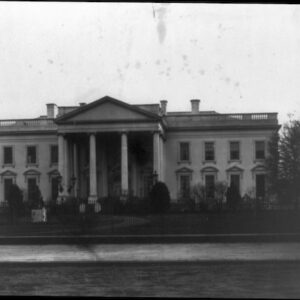
Image ID: ASMY
$1.99 -
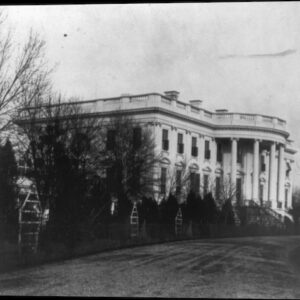
Image ID: ASMZ
$1.99 -

Image ID: AMLR
$0.99 -
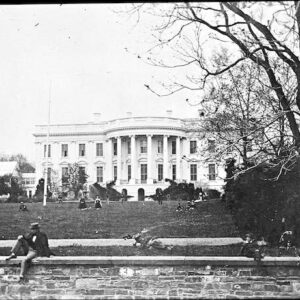
Image ID: AFLX
$3.99 -
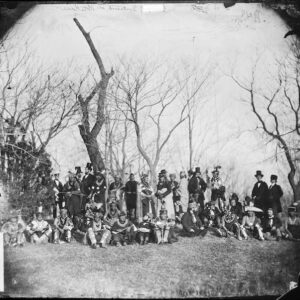
Image ID: AGEP
$4.99 -
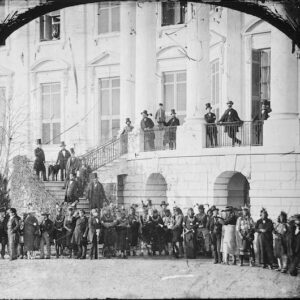
Image ID: AGFU
$4.99 -
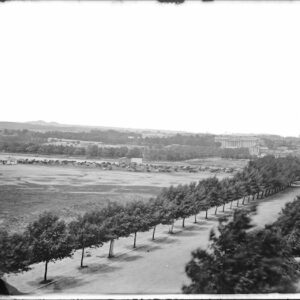
Image ID: AGQF
$4.99 – $6.99 This product has multiple variants. The options may be chosen on the product page -
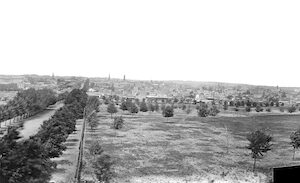
Image ID: ATYS
$5.99 – $7.99 This product has multiple variants. The options may be chosen on the product page -
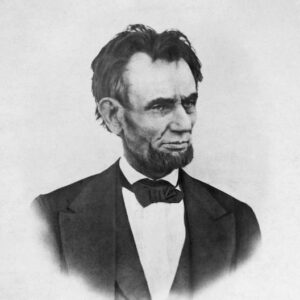
Image ID: AJLB
$4.99 -

Image ID: ATWG
$1.99 -
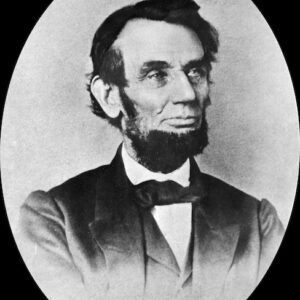
Image ID: ANSX
$5.99 -
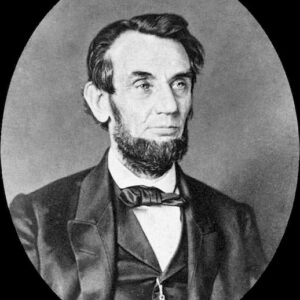
Image ID: ATUS
$0.99